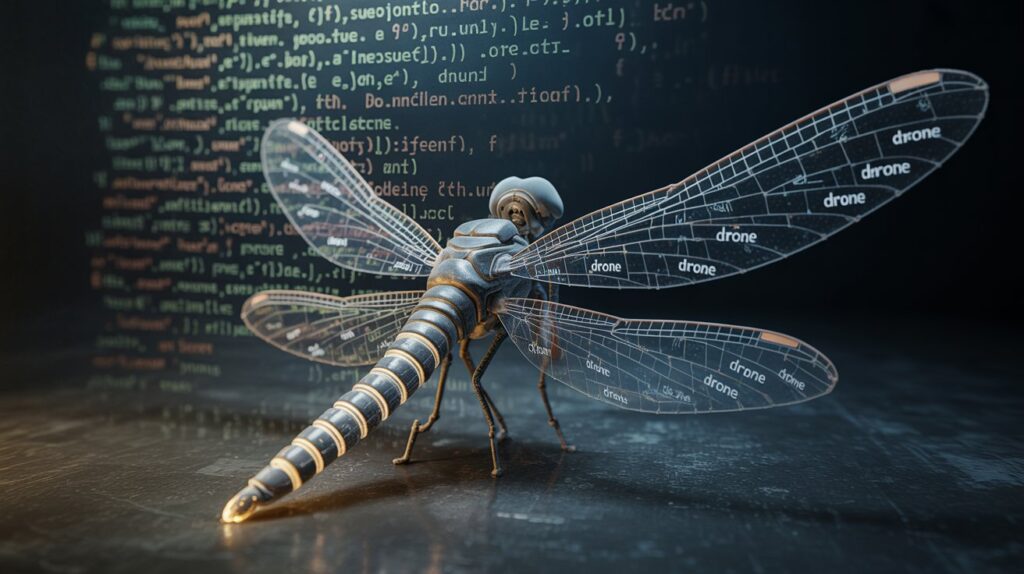
The Biology of Code
What Insects Can Teach Us About Great Software Design
One thing never ceases to amaze me when comparing technology and biology. If you look at simple life forms – like cells, bacteria, or insects – their behaviors can be summarized by a few basic instructions. Their worldview is fundamentally binary: “good for me” (food, safety, reproduction) versus “bad for me” (danger, scarcity). All their other abilities, from movement to communication, serve this core logic: avoid the bad, seek the good. This behavior, though more complex, is characteristic of all organisms, including us.
When I first truly understood Object-Oriented Programming (OOP), it felt like discovering “living programming” – a paradigm almost indistinguishable from life itself. In an OOP class, we define the foundational “blueprint” of an organism. We equip it with skills and abilities (methods). We then create each instance – what I like to call a “sorg” (software organism) -and provide it with specific parameters (attributes) that grant it individuality. The values we assign to these attributes directly influence the execution and outcome of its defined abilities. The interaction between these sorgs, born from different classes, creates a true “virtual simulator” of life.
We can, for example, create virtual ants (instances of an Ant class) with methods for movement, foraging, and communicating with other ant-sorgs. This colony would be governed by a Queen instance with specific command methods, all existing within an Anthill instance that has its own properties. This anthill, in turn, could be placed within a larger Forest instance, which contains other sorgs (other animals, plants, each with their own needs and abilities…).
Or, by the same token, we can create drone-sorgs (instances of a Drone class) with methods not so different from a biological dragonfly. If we then grant them capabilities for self-organization and group decision-making (like those of ants or termites), we can leverage the best (or worst) of what the combination of biology and technology offers.
OOP, with the organic programming it enables, is a virtual playground where we set our own boundaries. When we combine programming with knowledge from seemingly unrelated fields – like biology, ethology, or physiology – our possibilities become incomparably broader than those of a “pure programmer.” We can achieve incredible results, discover entirely new fields, and enjoy the entire process of creation.
Programming today is a skill that should be ranked alongside reading, writing, and arithmetic – a fundamental literacy. And just like those other literacies, programming on its own is not the end goal. It reveals its true, immense potential only when combined with other knowledge and applied with other skills.
—
This way of thinking is exactly what we explore in my Python Advanced: Mastering OOP course. If you want to move from just writing code to designing systems, you can find the complete, free materials on my GitHub:
